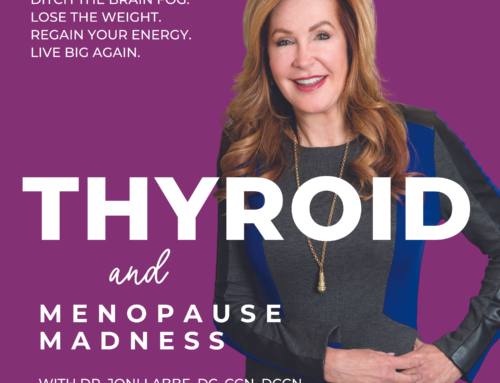 If you’re like most people, you probably have a vague notion artificial food coloring is “bad.” You’ve also probably heard it makes some kids hyperactive. But did you know the science on artificial food dyes is so thorough and damning that they are banned in two European countries, require warning labels throughout the European Union (and are hence little used), and that Wal-Mart, Coca Cola, and Kraft in Britain don’t use them? If you have Hashimoto’s hypothyroidism, you will want to avoid food colorings, mainly because they provoke inflammation and autoimmunity.
If you’re like most people, you probably have a vague notion artificial food coloring is “bad.” You’ve also probably heard it makes some kids hyperactive. But did you know the science on artificial food dyes is so thorough and damning that they are banned in two European countries, require warning labels throughout the European Union (and are hence little used), and that Wal-Mart, Coca Cola, and Kraft in Britain don’t use them? If you have Hashimoto’s hypothyroidism, you will want to avoid food colorings, mainly because they provoke inflammation and autoimmunity.
What do Europeans know that we don’t? Actually, they have access to the same science we do, only apparently they take it more seriously. The good news is that, thanks to pressure from consumers in the know, food giant Nestle is leading the way by voluntarily removing food dyes from its chocolate candies by the end of 2015.
So what’s the big deal with food coloring? Are the risks for real or is it just a bunch of hype?
Immunologist Aristo Vojdani, PhD, outlines the various health risks and disorders associated with food colorings in one of his many published papers, and in his upcoming book, When Food Turns Against You.
Following is a list of ways artificial food colorings have been found to be harmful. If you have Hashimoto’s hypothyroidism please avoid worsening your condition by avoiding artificial food colors:
- Food coloring is linked to hyperactivity and ADHD This is one of the most commonly known health consequences associated with food dyes.
- The caramel coloring used in soft drinks has been found to pose a cancer risk.
- Many people, children especially, consume far more food coloring than has been measured for safety. A bowl of colored cereal exceeds the amount of food coloring that has been found to cause behavioral issues in some children.
- Artificial food coloring binds to proteins in foods it is added to. Human digestive enzymes cannot break down many of these proteins once they are bound to food coloring. This creates intestinal inflammation and damage, leading to leaky gut.
- Food coloring also binds to human tissue and proteins in the blood. This is what turns kids’ lips and tongues bright colors after they eat a lollipop or snow cone. Human autopsies have revealed entire colons dyed blue or green due to food coloring. The problem is the immune system does not recognize human tissue once it is bound to food coloring and it may begin to attack the tissue. This can lead to permanent autoimmunity to that organ or tissue. Also, once these colors are bound to cells in the body, those cells can no longer function properly.
- Food coloring causes allergic reactions in some people, causing a runny nose, hives, welts, and neurological reactions.
- Food coloring can lead to a breakdown in oral tolerance, or the ability of the immune system to tell friend from foe. This can result in increased food and chemical sensitivities.
These are just some of the ways artificial food colorings, which are made from petroleum, adversely affect human health. Although food manufacturers prefer artificial colors over natural ones because they mix easily, are cheaper, and more stable, they are just not worth the cost to your health, especially if you are trying to manage Hashimoto’s hypothyroidism.
Food dyes are not just in obvious things such as candies and sodas. They lurk in salad dressings, pickles, crackers, meats (particularly tandoori chicken), desserts, medications, soaps, cosmetics, lotions, toothpastes, and other products.
A vitally important step as you transition to a whole foods diet to manage your Hashimoto’s hypothyroidism is to eliminate all artificial colorings and other additives from your diet and from the products you use on your body. Contact the Dr. Labbe to learn more.





